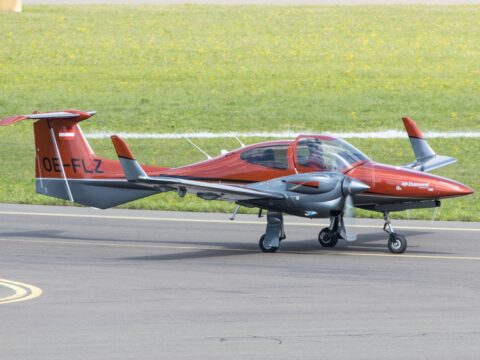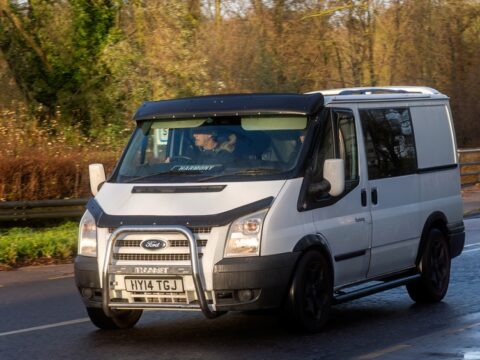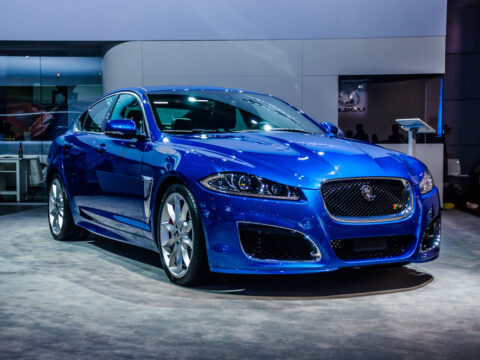Delving into the world of modern aviation marvels, we uncover the lesser-known aspects of one of the most innovative aircraft gracing our skies today: the Boeing 787 Dreamliner. This aircraft not only revolutionized air travel with its cutting-edge technology and passenger comfort but also brought a plethora of hidden wonders and breakthroughs in aviation engineering.
Contents
First Commercial Use of Composite Materials
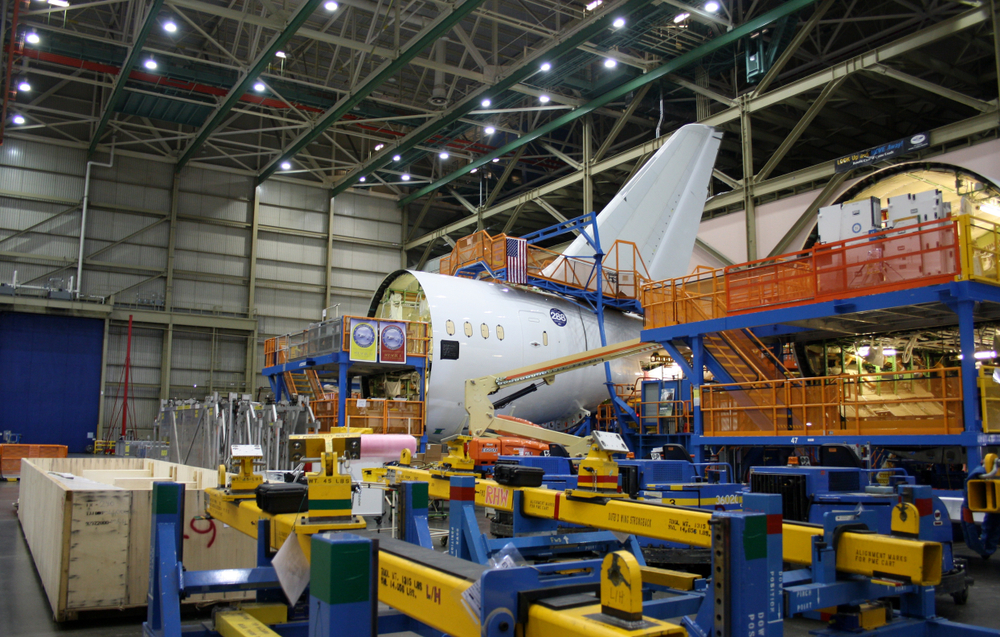
The Boeing 787 Dreamliner is the first commercial aircraft to have its primary structure made of composite materials. These materials account for about 50% of the aircraft’s total weight, contributing to significant weight reduction and increased fuel efficiency.
Electric Brake System
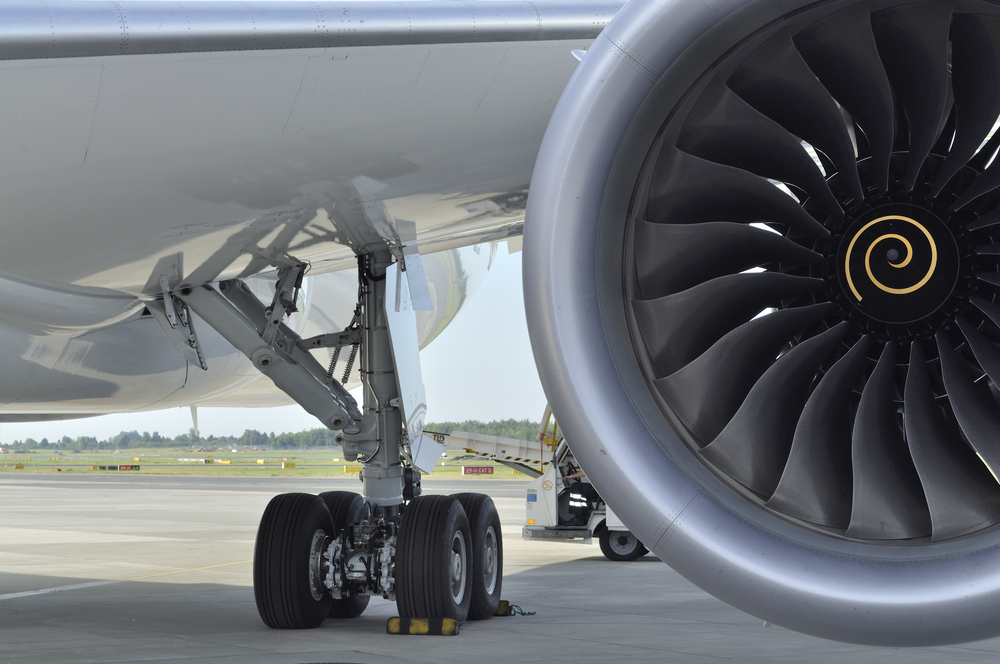
The 787 was the first commercial airliner to use an all-electric brake system, replacing traditional hydraulic brakes. This innovation contributes to the aircraft’s lighter weight and lower maintenance requirements.
Largest Windows in Airliner History
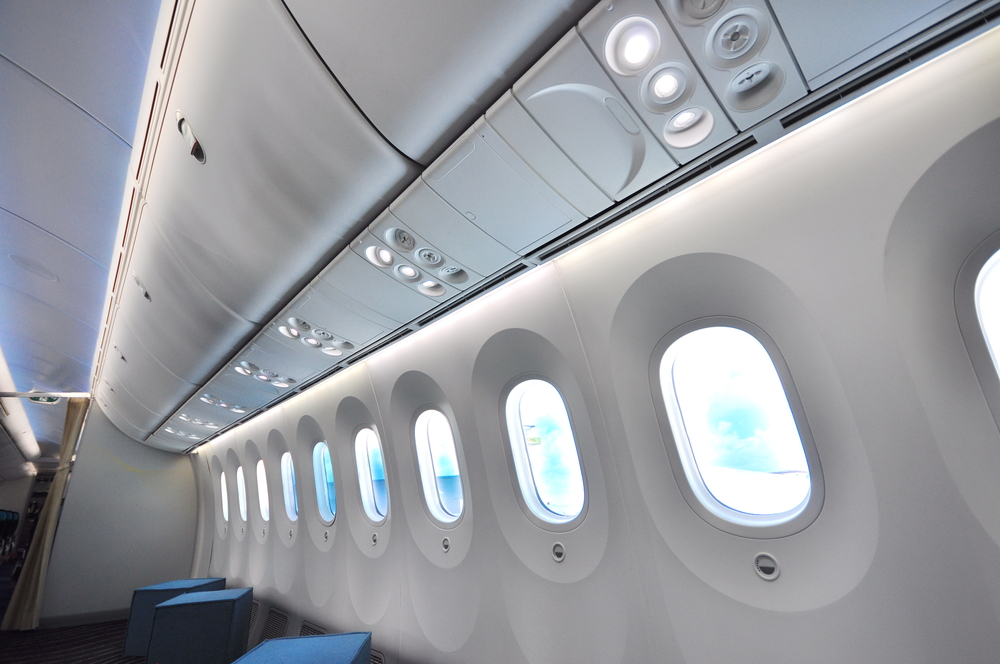
The Dreamliner boasts the largest windows of any current commercial airliner. Each window is about 30% larger than those found on most passenger jets, providing passengers with more natural light and better views.
Improved Air Quality
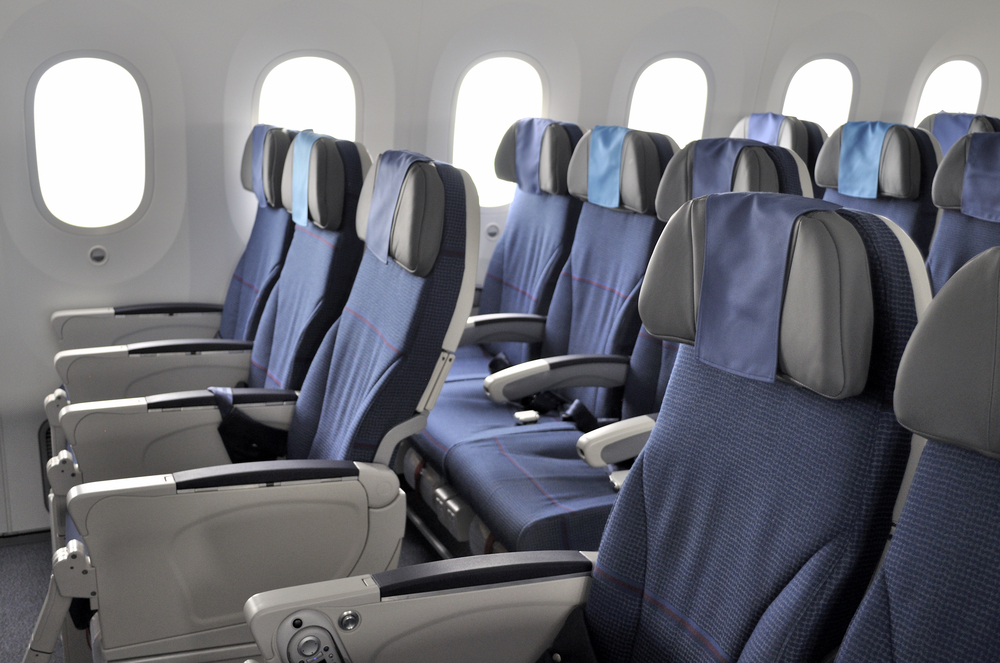
The 787’s cabin air is cleaner compared to many other aircraft. It features advanced air filtration systems that remove gaseous contaminants from the cabin and improve air quality, enhancing passenger comfort.
Higher Humidity Levels
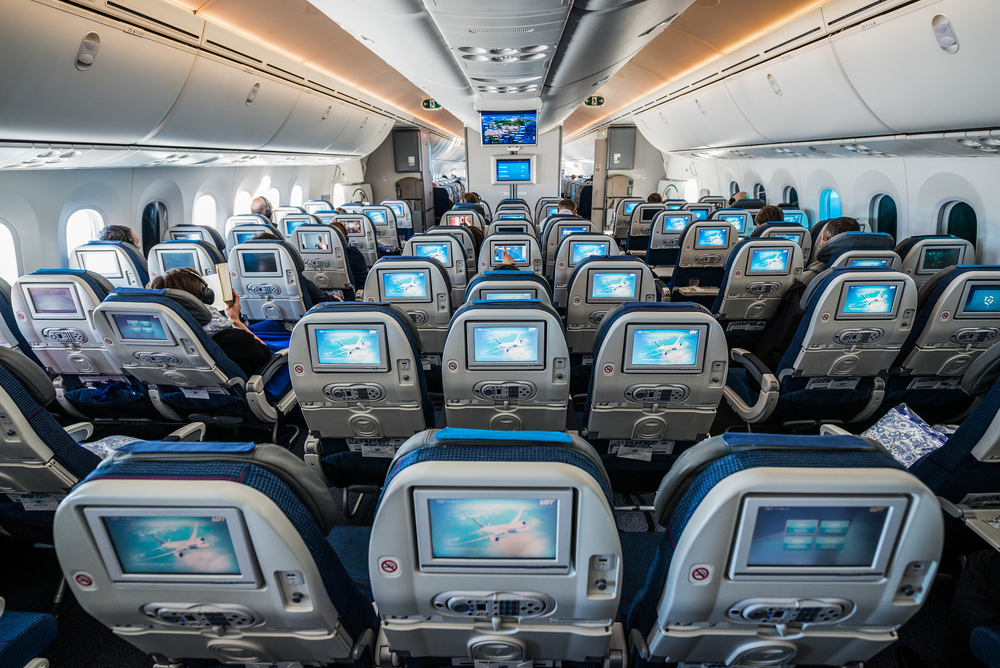
The composite structure of the 787 allows for higher humidity levels inside the cabin. While most airplanes maintain a cabin humidity level of about 4-5%, the 787 can sustain levels of about 15%, reducing passenger dehydration and fatigue.
Noise Reduction Features
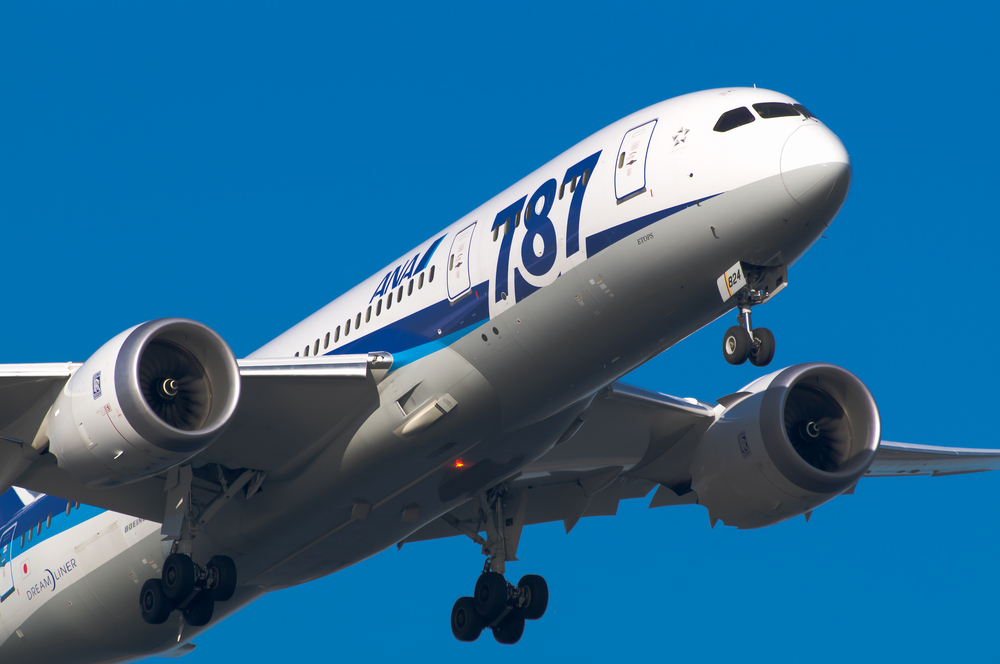
The Dreamliner is approximately 60% quieter than other aircraft of similar size. This reduction in noise is beneficial for airport communities and improves the in-flight experience for passengers.
Raked Wingtips
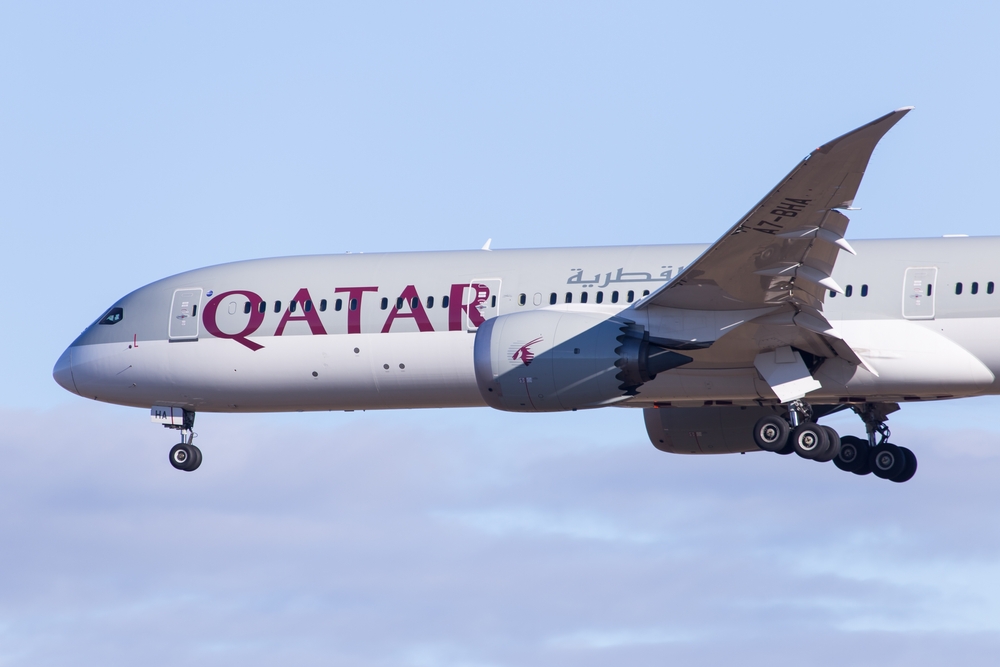
The 787 features uniquely designed raked wingtips, which improve aerodynamic efficiency and fuel economy. These wingtips are a distinct visual feature of the Dreamliner.
First Flight and Entry into Service
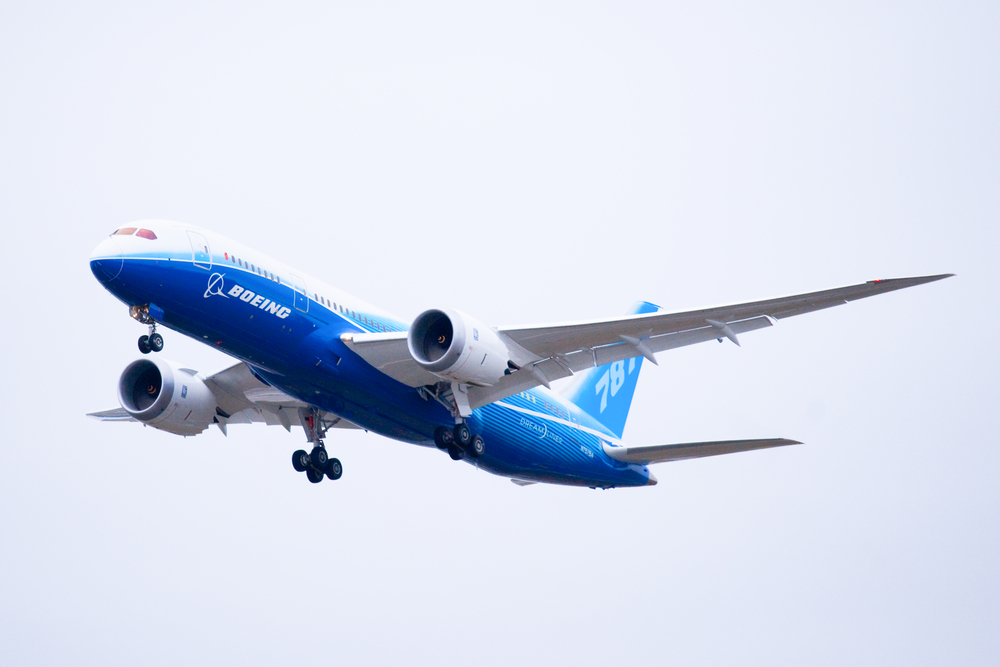
The Boeing 787’s first flight took place on December 15, 2009, and it officially entered commercial service on October 26, 2011, with its launch customer, All Nippon Airways (ANA).
Variants of the 787

There are three main variants of the Dreamliner: the 787-8, 787-9, and 787-10, each varying in length, range, and passenger capacity to meet different airline needs.
Longer Range
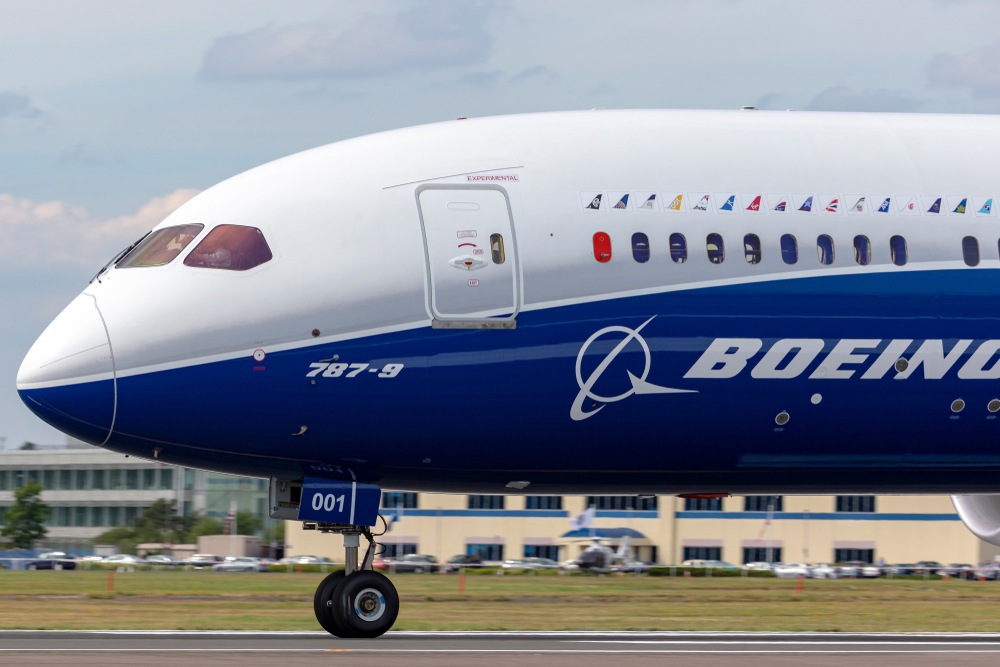
The 787 Dreamliner has an impressive range capability. The 787-9 variant, for example, can fly up to 7,635 nautical miles non-stop, making it ideal for long-haul international routes.
This article originally appeared on MyCarMakesNoise.
More from MyCarMakesNoise
10 Little-Known Facts About Lexus

Lexus has long been synonymous with luxury and innovation, yet there are many fascinating aspects of this iconic brand that remain under the radar. Beyond its sleek designs and superior comfort, Lexus has consistently pushed the boundaries of automotive technology and design, making significant impacts that are not widely known. Read More.
10 Best Planes For Getting Your Private Pilot`s License

Embarking on the journey to obtain your Private Pilot’s License is an exciting and transformative experience. The choice of aircraft plays a pivotal role in shaping your training and skills. Read More.
13 Most Powerful Jeep Models Ever Built

Jeep has long been synonymous with rugged durability and formidable off-road capabilities. Here, we highlight the most powerful Jeep models ever built, showcasing how the brand successfully combines raw power with innovative engineering to meet the needs of both adventure seekers and performance enthusiasts. Read More.

